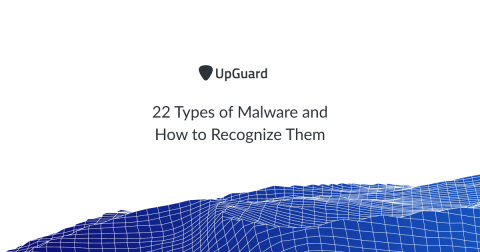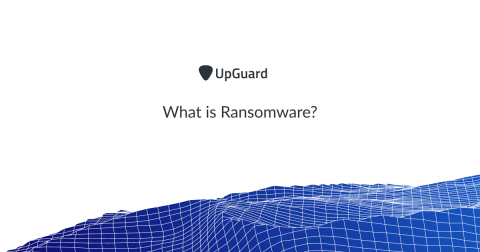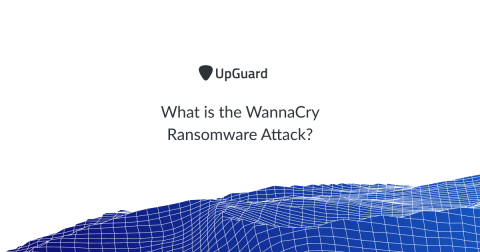Security | Threat Detection | Cyberattacks | DevSecOps | Compliance
Latest News
22 Types of Malware and How to Recognize Them
Malware, or malicious software, is any program or file that harms a computer or its user. Common types of malware include computer viruses, ransomware, worms, trojan horses and spyware. These malicious programs can steal, encrypt or delete sensitive data, alter or hijack key computing functions and to monitor the victim's computer activity.
What is Ransomware?
Ransomware is a type of malicious software, or malware, designed to deny access to a computer system or data until ransom is paid. Ransomware spreads through phishing emails, malvertising, visiting infected websites or by exploiting vulnerabilities. Ransomware attacks cause downtime, data leaks, intellectual property theft and data breaches. Ransom payment amounts range from a few hundred to hundreds of thousands of dollars. Payable in cryptocurrencies like Bitcoin.
WordPress sites hacked through defunct Rich Reviews plugin
An estimated 16,000 websites are believed to be running a vulnerable and no-longer-maintained WordPress plugin that can be exploited to display pop-up ads and redirect visitors to webpages containing porn, scams, and–worst of all–malware designed to infect users’ computers. Researchers at WordFence went public about how hackers are exploiting a zero-day vulnerability in a third-party WordPress plugin called Rich Reviews to inject malvertising code into vulnerable WordPress sites.
What is the WannaCry Ransomware Attack?
WannaCry is a ransomware cryptoworm cyber attack that targets computers running the Microsoft Windows operating system. It was initially released on 12 May 2017. The ransomware encrypted data and demanded ransom of $300 to $600, paid in the cryptocurrency Bitcoin. WannaCry is also known as WannaCrypt, WCry, Wana Decrypt0r 2.0, WanaCrypt0r 2.0 and Wanna Decryptor.
CookieMiner malware targets Macs, steals passwords and SMS messages, mines for cryptocurrency
Security researchers at Palo Alto Networks have discovered a new malware threat that targets Macs in what appears to be a sophisticated attempt to raid cryptocurrency wallets. The malware, which researchers have dubbed CookieMiner, has a variety of weapons in its armory that could make it particularly worrisome for cryptocurrency investors.
10 of the Most Significant Ransomware Attacks of All Time
For years, ransomware actors have developed new families and attack campaigns in increasing frequency and numbers. Such activity peaked in 2017 but then fell in tandem with cryptocurrency miners’ rise. This development was short-lived, however. Between Q4 2018 and Q1 2019, Malwarebytes observed a 195 percent increase in ransomware detections involving business targets. The rate was even greater compared to Q1 2018 at 500 percent.
Ransomware experiences and why IT security professionals have a lot on their minds
Every year we survey visitors to our booth at Black Hat about trending topics. This year, we asked about ransomware and the ever-increasing complexity of our cybersecurity environment. The results are very interesting - things may be getting much better, or we may all be collectively in denial. Let's break it down.
Block newly-registered domains to reduce security threats in your organisation
It’s no secret that there are a lot of websites on the internet hosting malicious content whether they be phishing pages, scams or malware itself. Every day we hear of new attacks, there’s a common denominator of either a user having clicked on a link to a fraudulent website or a site having played host to code that pulled a malicious payload down from a third-party server.
Anatomy of a ransomware attack
Ransomware isn’t a new phenomenon, but it’s effects are starting to be felt more widely, and more deeply than ever before. Behemoths like Sony, Nissan, FedEx, Kraft Foods and Deutsche Bank have all been hit in recent years, and the list is growing. The ongoing saga of the ransomware attack in Baltimore, MD has left citizens unable to pay parking tickets or finalize property sales. American small businesses may bear the brunt of the impact of ransomware’s global spread.








